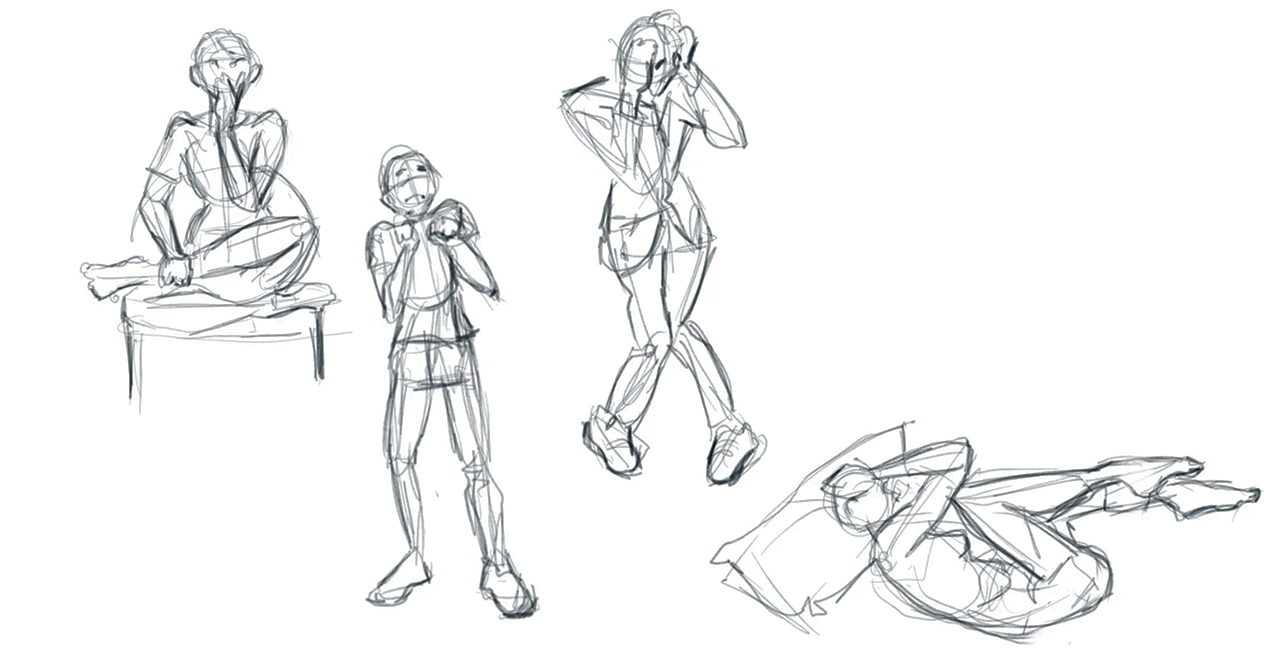Drawing for Animation
Drawing for Animation
About the Class
What will you learn in this course?
This extensive course offers essential "observational drawing exercises" - to teach animation to the beginner and raise the bar for existing professional animators or animation instructors. The main thing about this course is that the more you do, the better your animation work will become - whether you're a 2D animator, a 3D one, a Claymation animator, a stop-frame character animator, or any other.
Like everything else in life, you will only get out of something in direct proportion to what you put in. None of this is more true than with "Drawing for animation". Becoming a master animator requires intensive study and application. It is only through hard-earned observation and experience (and therefore a great deal of inevitable struggle and failure!) that true mastership will emerge. There are no shortcuts here - no, not even using the most advanced of digital software. This course is the foundation of all things - and therefore is the first step in your animation mastery journey.
By the end of your working on each of the observational gesture drawing exercises found here - each specifically designed to raise the bar of your character animation to the highest order - you will achieve far greater insight into the world and into the work you can produce as a result of appreciating it. In this sense, there is no other course like it.
Each assignment video will contain an average of 4 timed gesture drawing exercises, each conceived to open your "animator's eyes" and increase your understanding as an animator. The videos will give you a specific image to work from, with a time limit to achieve it. Both will push your perceptions and ability to communicate in a much more accomplished way. But even then, that is just the start of your quest for animation mastery - although it is a fundamentally important start.
The big takeaway of this course is that outside of the specific learning experiences you will be given, you need to take a sketchbook with you out into the real world and add further gesture drawings from the visual observations that you alone will discover there. Drawing from life, rather than from photographs or videos, is by far and away the best method to "see", "understand" and "communicate" what you see for the aspiring animator. All of this will ensure that you'll become a master at what you do.
So, dare take the plunge into this focused course on training your "animator's eye" and your "animator's brain".
Start to draw what you see and not what you think you see. That is the difference that can great animated movement.
I wish you all the very best with your "Drawing for animation" studies.
Tony White. :)
Gesture drawings by the student, Tina Brun.
Requirements
You should have pencils, paper, and a willingness to see a visually dynamic world in a way you've probably never seen before.








